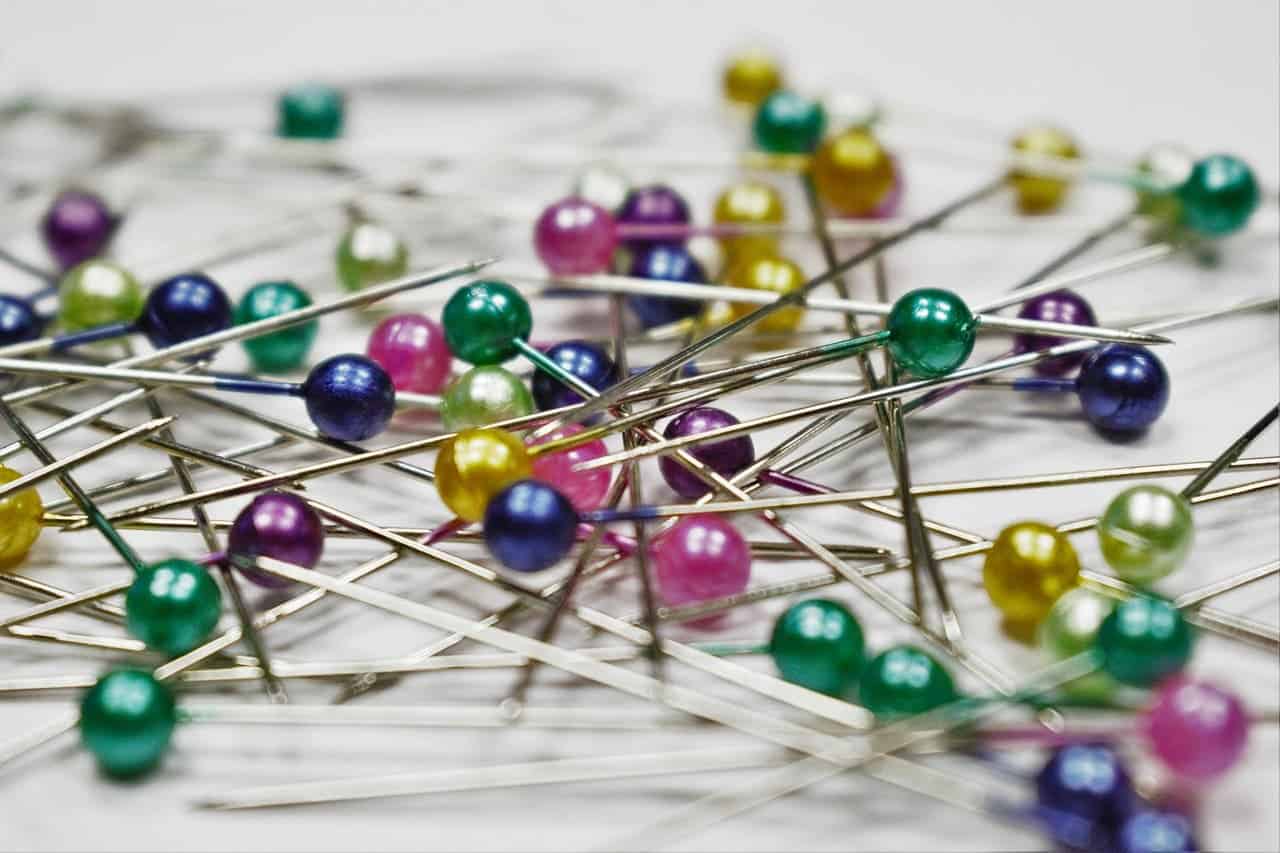Surely it is a familiar sensation; you try to move an arm or leg and get a tingling, pricking feeling aptly named “pins and needles”. It is usually a harmless, temporary sensation, and has to do with our nerves.
Pins and needles
Having “pins and needles”, officially termed paresthesia, is usually caused by having your legs, feet, arms, or hands in an awkward position that puts pressure on a limb. The pressure could pinch one of the nerves inside and block the blood vessels that supply them with blood. The path from the nerves to the brain has an impasse at this time so the brain doesn’t hear from the nerves. When the impasse is finally removed (such as when the pressure relieved, by switching positions), the nerves start firing again and send delayed pain signals.
Oxford University researchers studied the progression of this sensation in the 1940s. After three to four minutes after pressure was applied to a limb, participants in the experiment felt a very light tingling. After ten minutes, the limb was completely numb with no feeling until pressure was relieved. When the pressure was removed, the pins and needles sensation came rushing in. The intensity of the feeling depends on the length of the nerve that was pressed.
Apparently, according to Men’s Health and Lifehacker, there is a trick to wake up a sleeping hand or arm: moving your head from side to side. The reason is that your arm often falls asleep because of nerves in the neck that are compressed. Stretching the neck muscles gets rid of this pressure, but only for the hands, not the feet. I have not tried this out personally, so you’ll have to be the judge if it works.
More serious cases
However, paresthesia can also be a side effect of a more serious condition, such as nerve damage. Some conditions or diseases associated with paresthesia include rewarming after hypothermia, Raynaud’s disease, diabetes, burns, stokes, and overuse of alcohol. As it is nerve related, nerve inflammation, injury, and disease can cause paresthesia.
Sometimes tissues themselves can put pressure on nerves. Carpal tunnel syndrome is a case of tissue themselves putting pressure on nerves; inflamed tendon membranes in the wrist compress the nerves, resulting in pins and needles and weak hands. Pregnancy can also put pressure on the nerves. The treatment depends on the underlying cause, as paresthesia is just a side effect.
Funny bones and mouth paresthesia
You might be surprised to learn that the typical case of a limb falling asleep is not the only type of paresthesias, there are several others. One rare type is called formication and the feeling resembles insects crawling across the skin. Another common one occurs when we hit our “funny bone”, a.k.a. the ulnar nerve. The ulnar nerve runs from the shoulder down to the ring and pinky fingers but is exposed (not protected by bone) at the elbow. When hit, it causes a brief electric jolt-like shock down the whole nerve. Hitting other nerves can cause a similar sensation. For example, this may occur for older people along the spinal cord after flexing the neck or back at a weird angle.
There are also mouth paresthesias. A cold sore on the outside of the mouth can cause a tingling sensation caused by the Herpes virus. Hot peppers also create a similar tingling on the inside of the mouth. According to a study, alkylamides from Szechuan peppers are responsible for this sensation. Additionally, mouth paresthesia can also occur (though it is very rare) after being injected with local anaesthetic medication for dental surgery. The reason for this occurrence could be that the needle damages a nerve or that blood flows around the nerve and increases pressure around the nerve, or the anaesthetic itself.
How you know why your foot falls asleep when you sit cross-legged at the computer, and why it is so uncomfortable when you move it again.












